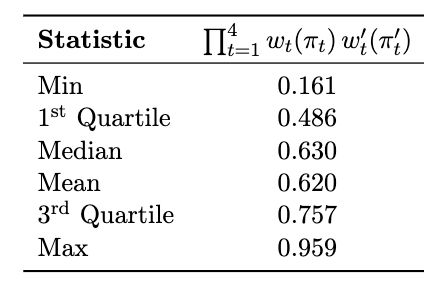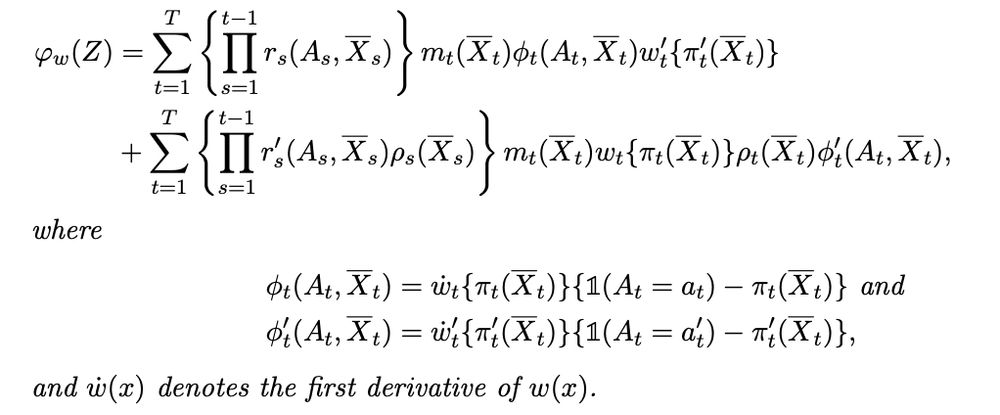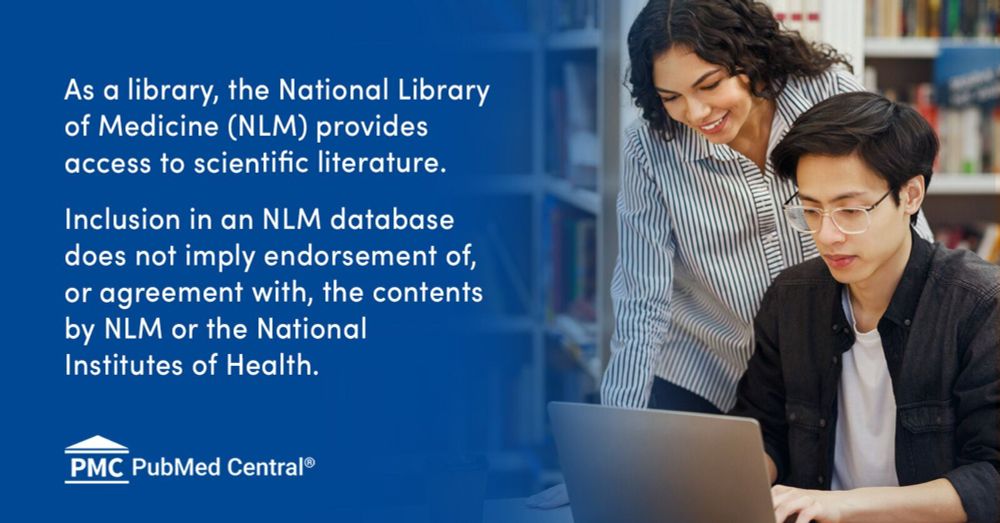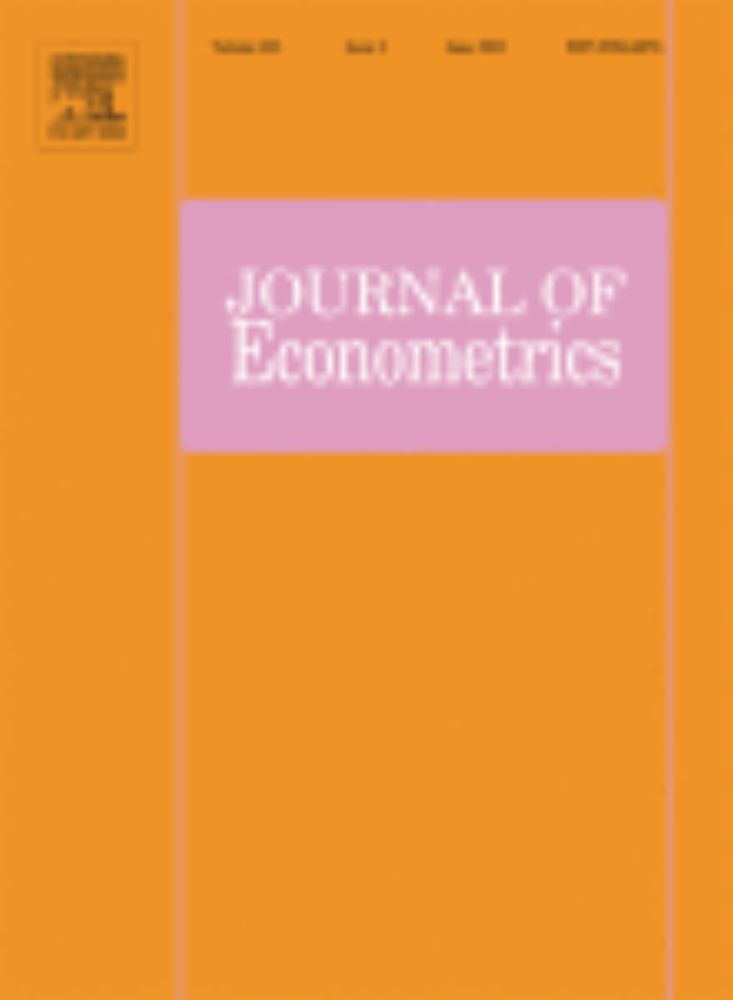
- ID: Need strong seq. rand., but still possible w/out positivity
- Est: new EIF for doubly robust estimator involves additional term w/ covariate density ratio across the target regimes




- ID: Need strong seq. rand., but still possible w/out positivity
- Est: new EIF for doubly robust estimator involves additional term w/ covariate density ratio across the target regimes
- "Cross-world"
- "Mechanism-relevant" (they target mean diff in POs we care about)
- **Not** "policy-relevant" (they're not implementable)
This tradeoff arises elsewhere (mediation, censoring by death). Ours is another example:
What you want to know != what you can implement

- "Cross-world"
- "Mechanism-relevant" (they target mean diff in POs we care about)
- **Not** "policy-relevant" (they're not implementable)
This tradeoff arises elsewhere (mediation, censoring by death). Ours is another example:
What you want to know != what you can implement
We also give some new doubly robust estimation results:
1. typical multiply robust estimator is twice as robust as people had thought
2. new sequentially doubly robust style estimator
We also give some new doubly robust estimation results:
1. typical multiply robust estimator is twice as robust as people had thought
2. new sequentially doubly robust style estimator
1. If subject would take target tx, do nothing
2. O/w flip subject to target with prob equal to the weight
Allows you to target any regime (eg, always treated) while adjusting to pos violations as needed
1. If subject would take target tx, do nothing
2. O/w flip subject to target with prob equal to the weight
Allows you to target any regime (eg, always treated) while adjusting to pos violations as needed
arxiv.org/pdf/2006.01366
Generalizes to a large class of ints. Also gives great review of other innovations from 2010s
Bonus: for identification, it uses an NPSEM -- an alternative to SWIGs. NPSEMs come from do-why lit; great for discussing asmps w/ practitioners
arxiv.org/pdf/2006.01366
Generalizes to a large class of ints. Also gives great review of other innovations from 2010s
Bonus: for identification, it uses an NPSEM -- an alternative to SWIGs. NPSEMs come from do-why lit; great for discussing asmps w/ practitioners
Ints that depend on natural value of trtment. Very easy-to-read! Appendix B is great on ID.
Further reading: the SWIG papers; primer first (stats.ox.ac.uk/~evans/uai13/Richardson.pdf), and original (R&R '13) when you're feeling brave!

Ints that depend on natural value of trtment. Very easy-to-read! Appendix B is great on ID.
Further reading: the SWIG papers; primer first (stats.ox.ac.uk/~evans/uai13/Richardson.pdf), and original (R&R '13) when you're feeling brave!
Addresses or foreshadows lots of subsequent work on time-varying data. The data analysis in Section 6 helped me build intuition for earlier parts of the paper.
Addresses or foreshadows lots of subsequent work on time-varying data. The data analysis in Section 6 helped me build intuition for earlier parts of the paper.
Cool results about estimation with extreme prop scores; limiting dists and inference even w/out CLT. Nicely resolved some q's I was thinking abt, before I spent too much time thinking about them (the perfect situation!)

Cool results about estimation with extreme prop scores; limiting dists and inference even w/out CLT. Nicely resolved some q's I was thinking abt, before I spent too much time thinking about them (the perfect situation!)
This was fun work with Edward and Zach Branson (sites.google.com/site/zjbrans...) and was a great project to finish my PhD!
9/9

This was fun work with Edward and Zach Branson (sites.google.com/site/zjbrans...) and was a great project to finish my PhD!
9/9
U <= GM
where G is sensitivity parameter.
We outline many choices for U and M and develop three specific models. Then identify bounds on ATE and give estimators that account for uncertainty in estimating M.
8/9




U <= GM
where G is sensitivity parameter.
We outline many choices for U and M and develop three specific models. Then identify bounds on ATE and give estimators that account for uncertainty in estimating M.
8/9
We explore ramifications of this reframing!
7/9
We explore ramifications of this reframing!
7/9

